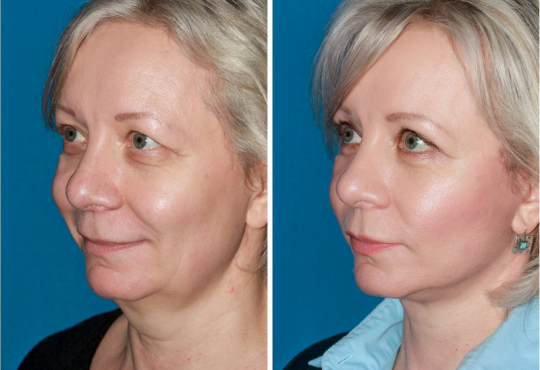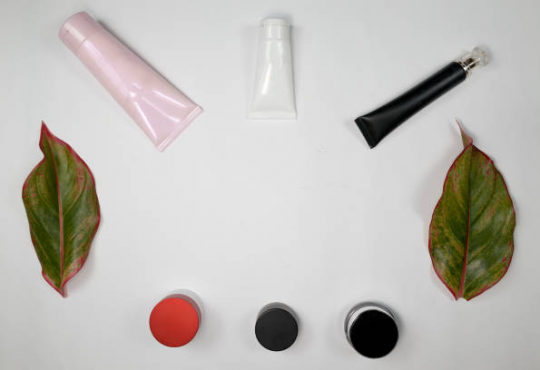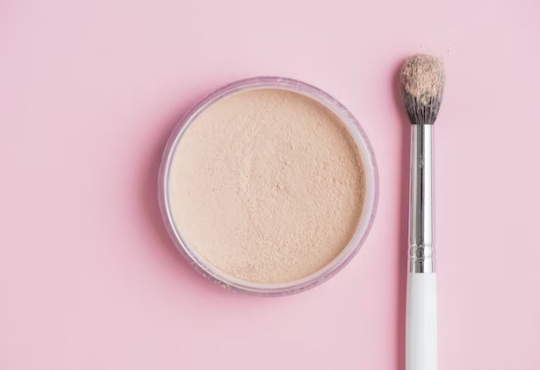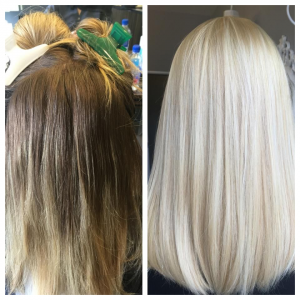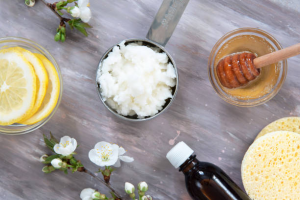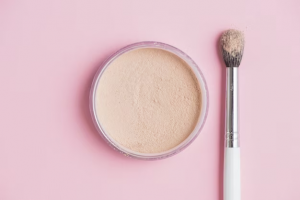
How to bleach my own hair
Looking to lighten your locks and achieve that dreamy blonde shade from the comfort of your home? You’re in the right place. Whether you’re aiming for sun-kissed highlights or a bold white blonde, at-home bleaching can be a cost-effective alternative to salon visits. This article will take you through the steps of bleaching your hair by yourself, while also stressing the importance of doing so safely to avoid damaging your hair. By understanding the process and the products you will need, you can minimize the risk while maximizing the lightening effect for natural-looking or dramatic results. Let’s dive into the world of DIY hair lightening processes, where we’ll ensure you’re equipped with the knowledge to bleach your hair properly—one section at a time.
Preparation Is Key: What You Need Before You Start
Before you start applying any bleach, making sure you have all the necessary tools and products is essential for a successful and safe bleaching experience. You will need a high-quality bleaching powder, a developer—which comes in different volumes depending on the amount of lift you desire—and several non-metal tools like a plastic mixing bowl, a dye brush, and clips to section your hair. Don’t forget to wear gloves to protect your skin and old clothing to avoid any bleaching accidents.

Understanding Your Hair Type and Desired Shade
To achieve the lightest blonde, you must first understand your natural hair color and condition. Lightening very dark hair will require a stronger developer and might take longer than lightening lighter brown or blonde hair. A strand test will help you gauge how long it takes to reach the desired shade without causing damage. Making sure to perform a patch test will also help determine if your skin reacts adversely to the chemicals.
Step-by-Step Guide to DIY Hair Bleaching
Start by dividing your hair into four sections to ensure an even lightening process. Take one section at a time, clip the rest out of the way, and carefully apply the bleaching mixture to avoid missing any spots. Starting at the back can make the process much easier as it’s the hardest part to reach.
Mixing Bleach with Precision
Mixing the bleach correctly is pivotal to protecting your hair from unnecessary damage. Most bleaching powders and developers should be mixed in a 1:2 ratio—one part of bleach to two parts of developer. This ratio could vary by product, so always follow the instructions provided for good results.
The Application Process: Tips and Tricks
When applying the bleach, use a dye brush to ensure an even and thorough application. You should start from the mid-lengths and ends before moving to the roots, as they process faster due to the heat from your scalp. Be mindful to not let the bleach sit for too long, as over-processing could cause significant damage.
Timing and Monitoring: Avoiding Over-Processing
The recommended time will vary depending on your hair type, its color, and the bleaching agent you’re using. Normally, you should leave bleach on your hair for 20-45 minutes, but always keep checking to avoid it getting too light or causing damage. The longest time bleach should be left in hair is typically no more than an hour, especially for very dark shades that take longest to lift.

Post-Bleaching Care: Ensuring Healthy, Luminous Hair
Once you have reached the desired level of lightness, it’s time to carefully remove the bleach by rinsing thoroughly, then applying a neutralizing shampoo to halt the chemical process. After rinsing out the shampoo, follow up with a deep conditioning treatment to replenish moisture levels.
Deep Conditioning and Hair Treatments
After bleaching, your hair might feel more fragile. Using deep conditioning treatments and masks at least once a week will help restore the strength and improve the elasticity of your hair. Keep an eye out for products with natural ingredients that help nourish and rebuild the -hair shafts.
Tips for Maintaining Your Bleached Hair
After bleaching, your hair will be more susceptible to damage. Avoid heat styling as much as possible, and if you must use styling tools, always use a heat protector. Using purple toning shampoos or masks can help keep brassy tones at bay and maintain a cooler shade.
When to Retouch Your Roots
New hair growth will show your natural color. To maintain your blonde, you will need retouching every four to six weeks. However, avoid overlapping the bleach on previously lightened hair to prevent excessive damage.

Conclusion
Bleaching your hair at home can be a rewarding undertaking, giving you control over your appearance and saving you a trip to the salon. It’s critical to take your time, follow the steps outlined with care, and use the right products. Maintaining the integrity of your hair is just as important as achieving that perfect shade of blonde, so remember to treat your hair with the necessary aftercare treatments. With the right approach, you can flaunt your freshly bleached hair with confidence and style.
FAQs
Q1: How do I know if my hair is strong enough to be bleached at home?
A1: Conduct a strand test to assess your hair’s strength. If your hair is already damaged or very dry, it might be best to seek professional advice before proceeding with home bleaching.
Q2: Can I bleach my hair if it’s been dyed before?
A2: Yes, but the results can be unpredictable. It’s important to recognize that previously dyed hair may react differently and require additional care or a tailored approach. A strand test is especially important in this case.
Q3: How can I prevent severe damage when bleaching my hair?
A3: Use a lower volume developer if you aren’t aiming for a drastic color change, avoid overlapping bleach on already lightened hair, and always follow up with nourishing hair treatments.
Q4: What are some signs that I should rinse the bleach out immediately?
A4: If you experience severe itching, burning, or discomfort beyond mild tingling, or if you notice the hair becoming gummy or excessively dry, rinse out the bleach immediately.
Q5: How often can I bleach my hair?
A5: It depends on your hair’s condition and the level of upkeep you’re willing to maintain. It’s generally advisable to wait at least six to eight weeks between bleaching sessions and consult with a professional if in doubt.
